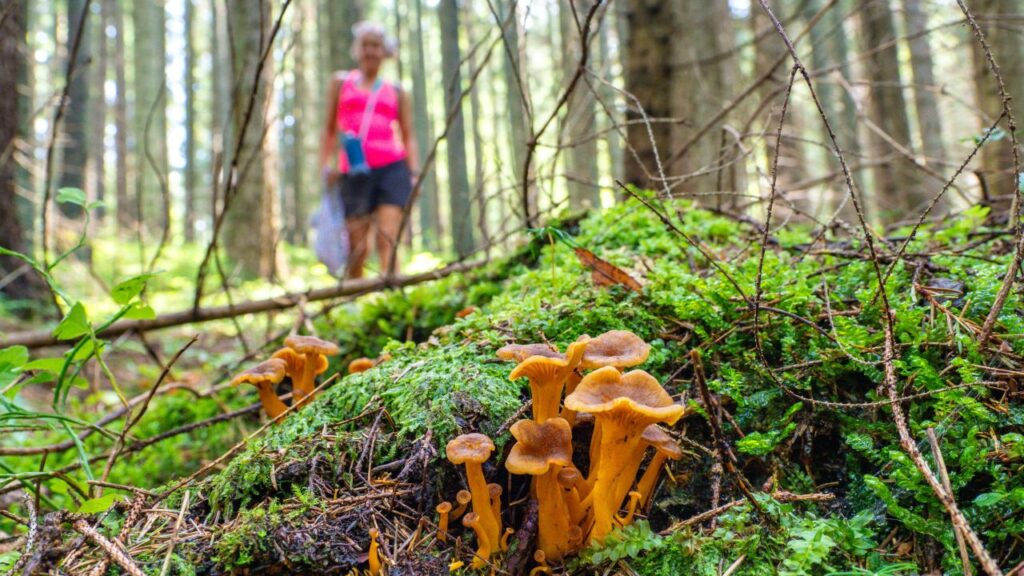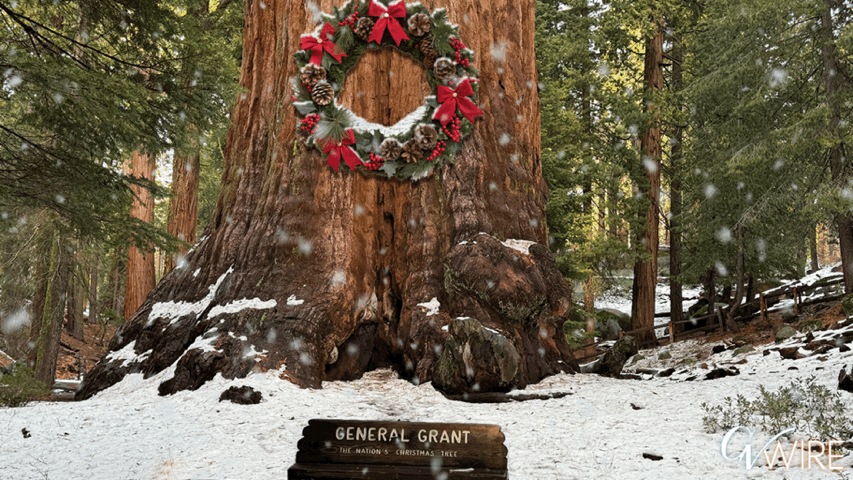Share

I visited the home recently as part of a quest to understand how California housing and California dreams are aging and changing. I studied six different houses, in different parts of the state, all of which had deep meaning to members of my large extended California family.
We Californians have long defined our dreams through our houses, but on this journey, I came to wonder: Do we still own our houses and the dreams they embody? Or do they now own us?
The house in Chula Vista is central to the story of the Boltz family, a branch of cousins on my dad’s side. Indeed, the house once felt like the center of Chula Vista. Aerial photos from the 1920s show it was the only house nearby, sitting in the middle of a large lemon ranch and at one of the highest points of a city that proclaimed itself “Lemon Capital of the World.” You could see it for miles.
Today, Chula Vista, which sits between downtown San Diego and the Mexican border, is one of California’s most economically and culturally diverse places. It’s also been among the most housing-friendly and fastest-growing — now with 270,000 residents, it is the state’s 14th most populous city. So when I met my cousin Carol Boltz Paschoal at the house, I struggled to find it, since it’s hidden behind a dense thicket of fences and other houses.
Carol’s great-grandfather, Charlie Boltz, originally from Illinois, bought the ranch in 1908, quickly prospered, and was elected to the first Chula Vista City Council in 1911. The original Boltz two-story house on the ranch was picked up and moved into town. (It still stands on Second Avenue.)
It Was the Neighborhood, Not the House, That Would Change

It was the neighborhood, not the house, that would change.
Much of urban California was constructed on lands that once were part of vast ranches. But the ranches went away in waves, including one wave after World War II. Chula Vista is part of this story. The lands of the old Boltz lemon ranch were subdivided for houses in the 1940s, when Chula Vista, having attracted veterans and workers from Fred Rohr’s new aviation plant, became a much bigger place.
The ranch house remained as it was, but, rather than presiding over a vast open ranch with views of the ocean, it became obscured by all the houses around it, including the neighboring homes of Boltz relatives. It now has a circular driveway that’s accessible from two different streets. Carol Jean still owns, and rents out, a house next door.

Davidson Street Became an Anchor
This house left the family when two of Oswald and Mary’s three sons died of cancer in middle age, and the youngest decided to move to Oregon. It was sold for $178,000 to the Pilchen family in 1986.
Marvin Pilchen, a lawyer and real estate developer, was originally attracted by the potential to subdivide the nearly one-acre lot and match the neighboring plots, but the ranch house had a special charm and the subdivision never happened.
His wife Atsuko Pilchen especially loved the country style of the house, and her ability to create a beautiful new landscape on the large plot. It reminded her of the lush mountainside where she grew up in her native Japan. And being in Chula Vista also made her daughter eligible for an excellent school.
Davidson Street became her family’s anchor, and Atsuko, a skilled and diligent gardener has spent considerable time planting and nurturing fruit trees, including a few lemons in a nod to the place’s history.
She and her husband have also spent time in other homes, including a high-rise condo in San Diego’s downtown. But the house remains their residence. Still, for all the glories of the extensive grounds, the house now feels small and cramped, without the bigger rooms and higher ceilings so common to modern design. The hot water heater, the electricity and the swimming pool all have required expensive fixes. Repairing the gas and water lines proved difficult because they were installed so long ago that the blueprints weren’t accurate.
Older Houses Can Pull Us Into the Past
This is just one story of how older houses can pull us into the past. Our houses age and change like our dreams do. And California’s housing stock is similar in age to that of the Rust Belt states — and twice as old as in our Western neighbors like Arizona and Nevada. This is an underappreciated reason why younger families have lately left California at such a high rate: In other parts of the West, they can find houses that are not just cheaper but also younger and stronger, the kind of places you can build a solid future upon.
Of course, for those who remain, our older houses offer meaning because they connect us to the past. Atsuko remains friendly with Carol, and she even wallpapered the house hallways to match Carol’s house. Atsuko says she might want to sell; part of the land is entitled for three more houses to be built. But she feels like an extension of the Boltz family. And she would love to sell to someone who can appreciate the home’s history and maintain what both families have nurtured.
She asks me: “Do you think your family would want to buy it back one day?”
About the Writer

Joe Mathews writes the Connecting California column for Zócalo Public Square. This is an excerpt from a longer essay.



















